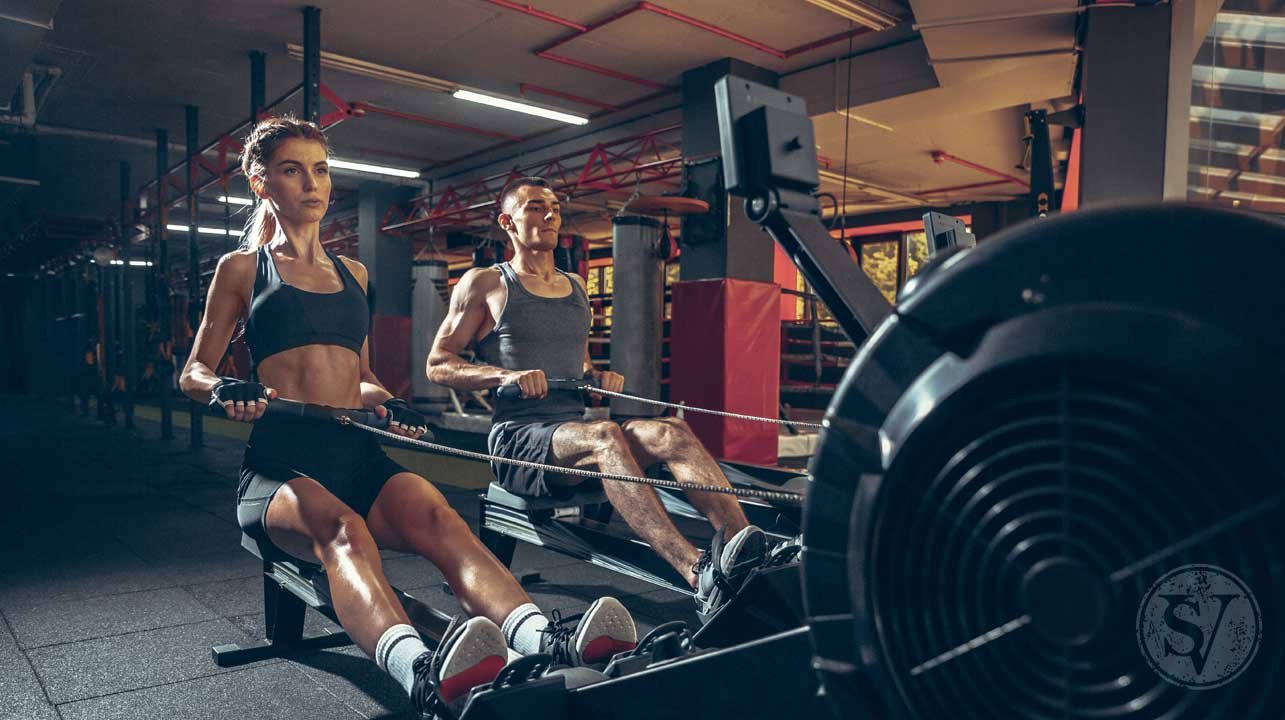5 Ways Women are Better Than Men in the Gym
Exercise is as vital to the body as air or Food. There is plenty of literature written about the benefits of exercise. Not only does it keep you fit, but also makes you stay away from stress. Besides exercise decreases the risk of disease and regular wear and tear of the body. Although so much has been written and said about the importance of exercise, it is only a few of us who religiously follow it. There are many ways of doing exercises such as doing a Gym, Walking, Running, and Yoga just to name. In spite of the government agencies promoting activities such as Yoga for health benefits, there are only a few who follow it.
According to a Study of 3000 Indian adults aged 18 and above, it was found that more than two-thirds (64%) of Indians say that they don’t exercise. Isn’t it interesting that in spite of the fact that (46%) of consumers say that leading a healthy lifestyle is their top priority, only 36% of them actually follow it? Exercise levels varies with different factors such as Sex, Race, Ethnicity, Disposable Income, and Sex. With respect to sex, men and women apparently exercise for different reasons, according to studies.
While research is limited on this topic, a small number of studies do suggest that men and women differ in their exercise patterns and motivations. Let’s take a closer look.
Findings of how Indians Exercise
In a recent study are than 12,000 adults were chosen which revealed stark results unlike people had been expecting. These studies revealed 6 important facts:
- 4 out of every 10 Indian adults aged 18 to 69 are not pursuing any physical activity, which translates to more than 41%. According to WHO, 150 minutes of moderate to vigorous physical activity is a must for everyone. of the WHO recommended level of PA (physical activity)
- 51.7% of urban residents did insufficient PA versus 36.1% of rural inhabitants.
- 48.8% of homemakers confessed to not engaging in enough PA.
- One-third of adults with insufficient PA were overweight and had high blood pressure.
- Rural dwellers were spending an average of 101.1 minutes per day in PA, while the city residents were averaging around 62.2 minutes a day.
Studies conducted see different patterns between males and females
According to a study published in the International Journal of Liberal Arts and Social Science, males and females have different exercise habits and motivations for exercising. Given that quality of life is affected by exercise habits and reasons for exercise, investigators set out to explore gender differences among these variables. In the study, 72 males and 108 females were asked to report on their quality of life, exercise habits, and motives—and gender differences were indeed observed.
Research point out that between both men and woman, women exercise comparatively more
“Research investigating gender differences in reasons for exercise points to fairly consistent findings,” the authors wrote. “Specifically, male exercisers are more likely to report that they exercise for social and competitive reasons, whereas women exercise comparatively more to report exercising for appearance reasons such as to lose weight or to maintain weight loss.”
“In general, women exercised more than men,” they added. “Women also indicated exercising for weight-related and toning reasons more than men, while men endorsed enjoyment reasons more than women.”
More Reps
Women will always be able to execute more reps with a given repetition maximum. This comes from their proportionally larger size and percentage of type 1 fiber which is more fatigue resilient in nature. To reap these benefits, women should train with higher volumes than men.
Intensity
A trained woman will always, always be able to out-train their male counterparts. It’s in their biological makeup to be able to withstand excruciating amounts of pain and their training attitude exemplifies this.
Whether it’s a ball-busting set of deadlifts or a barbaric full-body death circuit, all you need to tell a woman is ‘where and when and they’ll go.
Burn More Fatty Acids
At any given training intensity, women will burn more fat, fewer carbohydrates, and less protein than men. This is down to hormonal and neural differences, and perhaps more simply, women have higher levels of body fat in their bodies and muscles. Women should embrace this by including a higher percentage of fat in their diet and train with lower rest periods, knowing they’re burning more fat and therefore not sacrificing any muscle tissue in the process!
Less Fatigue
Taking the above into consideration, it’s no surprise that women need less rest, both between sets and training sessions. They tolerate metabolic stress, more commonly known as ‘the burn’, a lot better than men so can keep a muscle under tension for longer and with fewer breaks. Further, women suffer from less muscle damage and should use this to their benefit by adopting a higher training frequency.
No Ego
Training is very rarely ego-driven for women. This means women will prioritize perfect exercise technique and feeling the muscle moreover increasing loads, something men are often terrible at!
Women should take these strengths into consideration when designing training programs. Generally speaking, more volume and more frequency at an all-out intensity will give excellent results!
